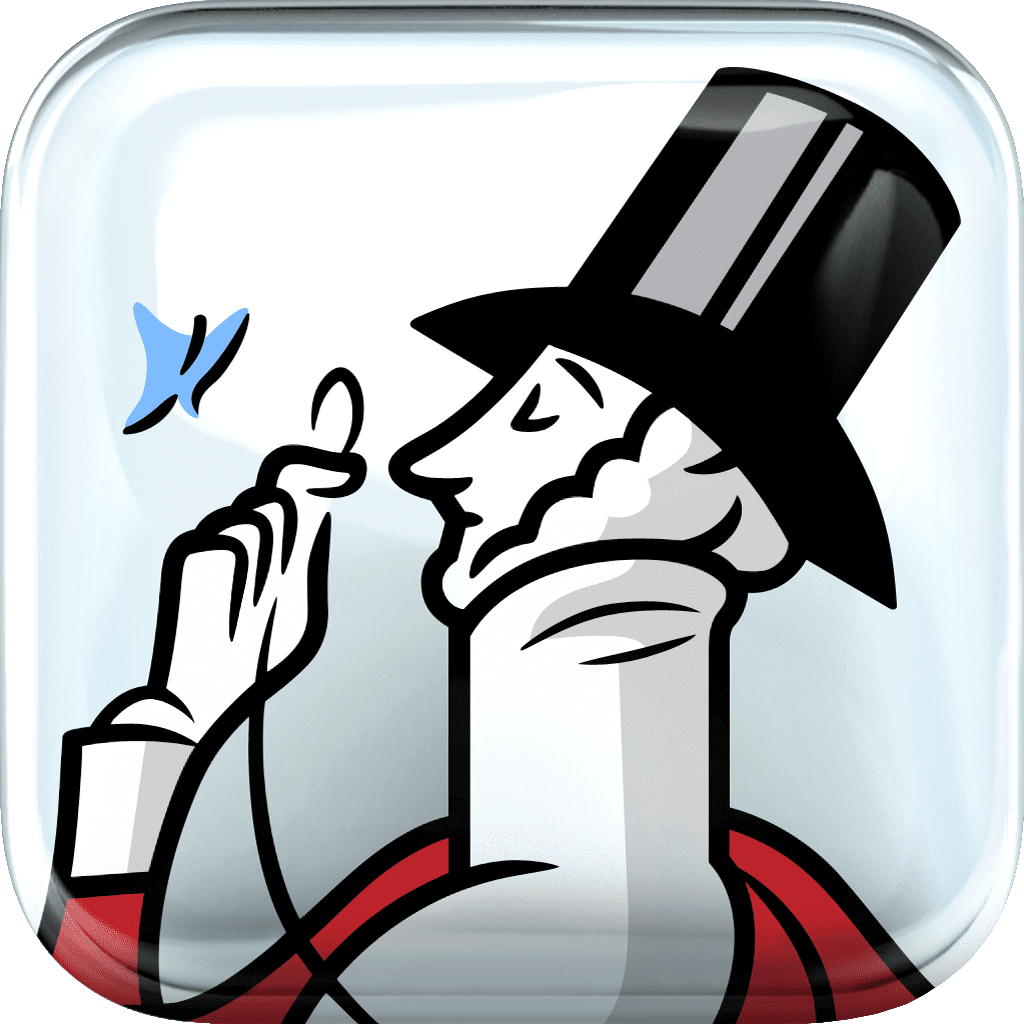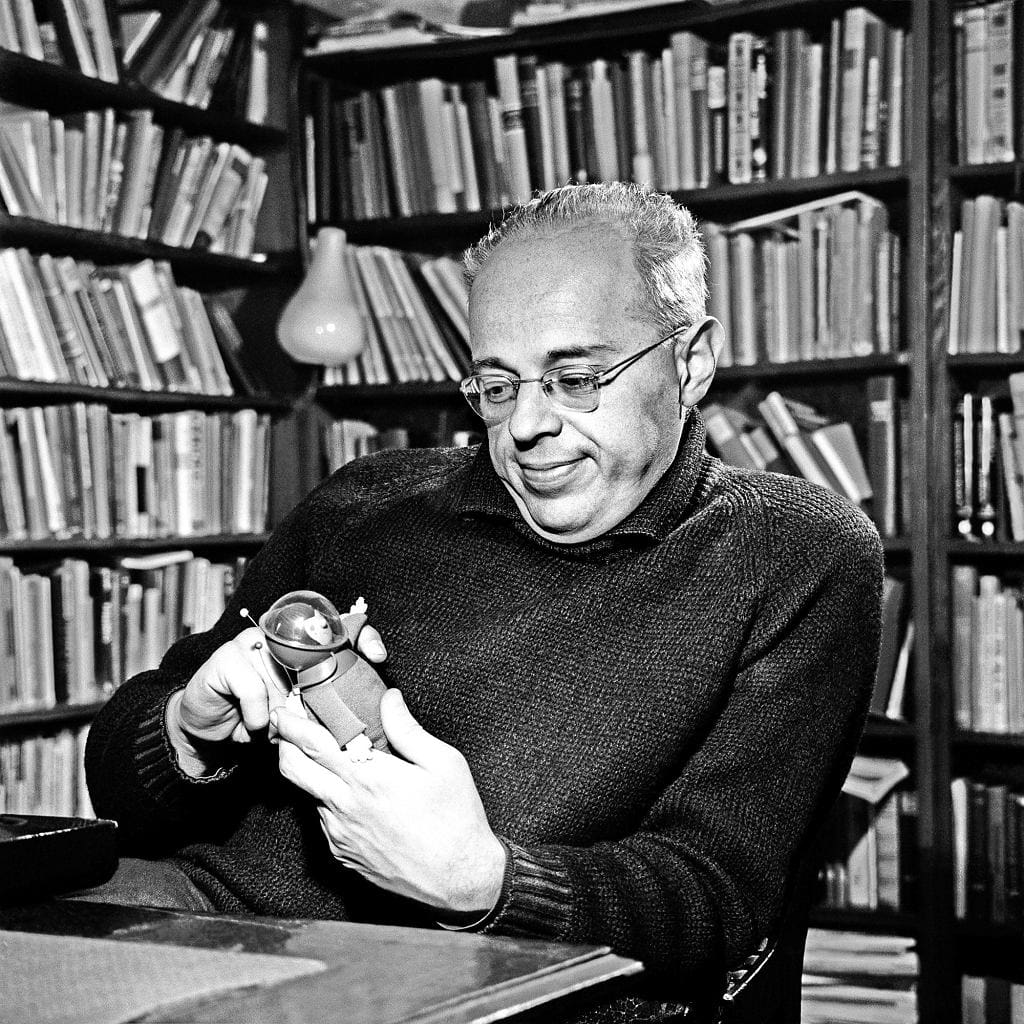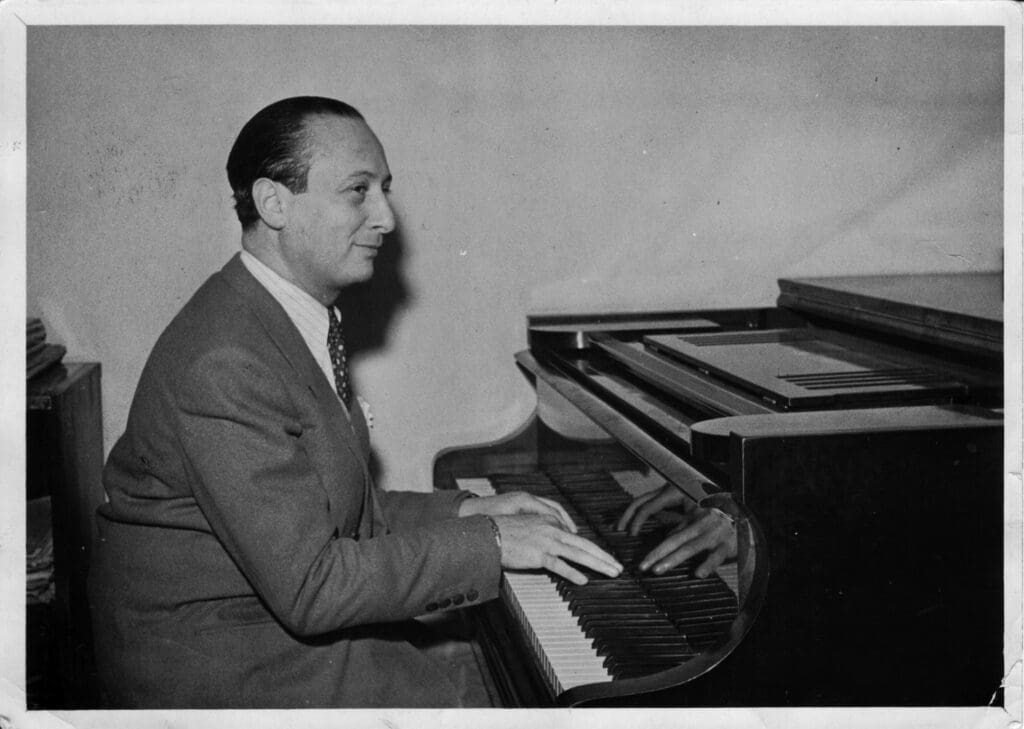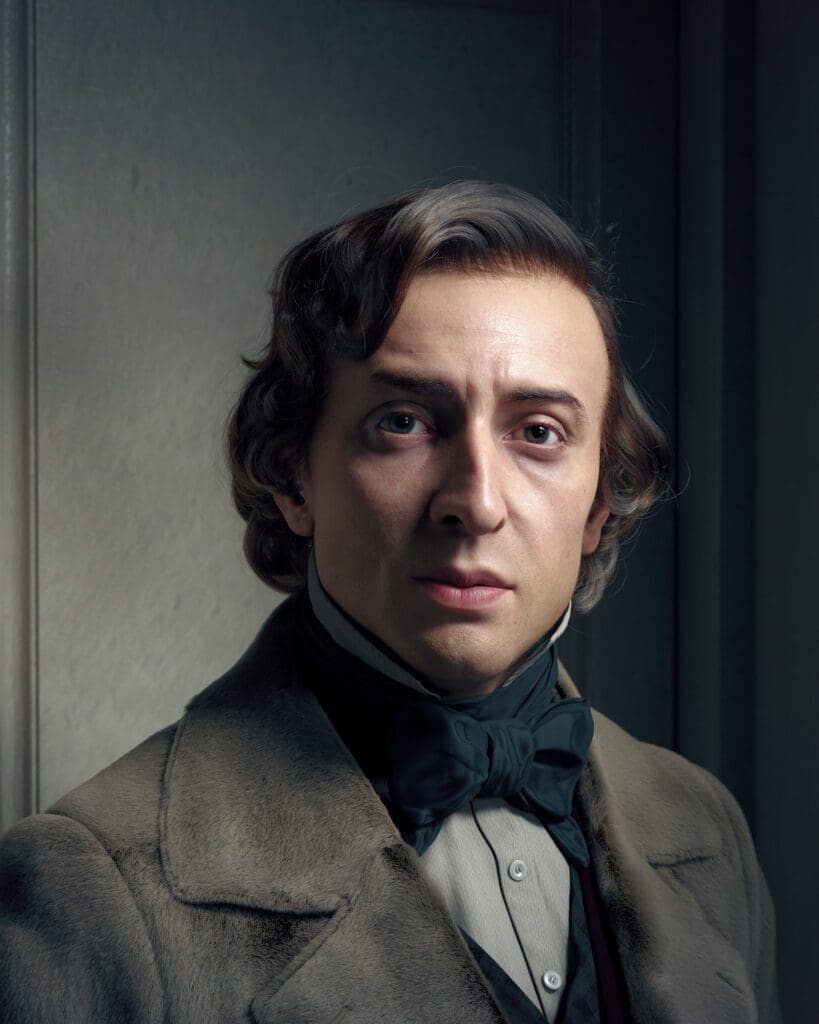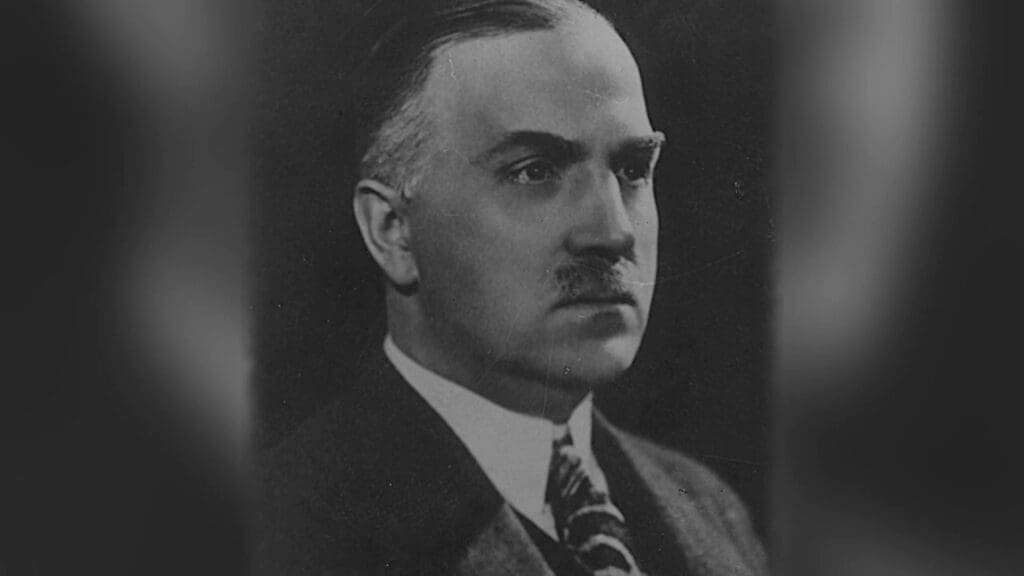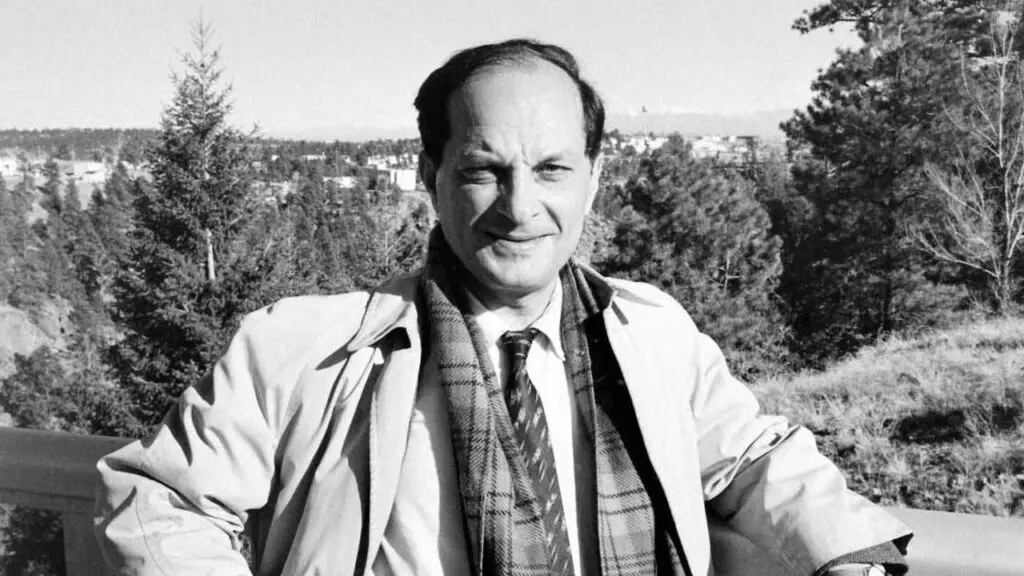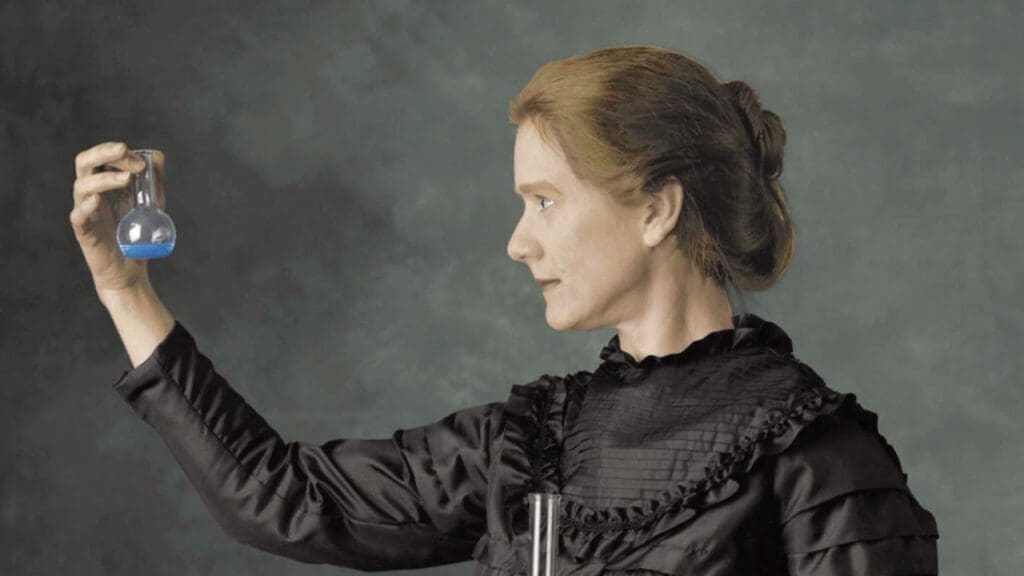Posts by Gene Sokolowski
Polish Jews invalidate The New Yorker’s accusation that Poles killed 3 million Polish Jews
Masha Gessen’s 25 March 2021 article “The Historians Under Attack for Exploring Poland’s Role in the Holocaust” published in The New Yorker on 25 March 2021 caused considerable outrage from Poles and Polish Jews alike by presenting an all-too-familiar recitation of anti-Polish falsehoods. Dr. Piotr Cywinski, an historian and director of the Auschwitz Museum and…
Read MoreMikhal Dekel’s accusations of Polish complicity in the Holocaust and PiS suppression of the evidence are false
[NOTE: The following was sent to the Boston Review in June 2021 with the request that it be published in response to Mikhal Dekel’s article below. The Boston Review refused to publish it, stating that “it didn’t fit with our purpose”.] Mikhal Dekel, in her 1 June article in the Boston Review titled “Poland’s Current…
Read MoreStanisław Lem: The world’s most widely read science fiction writer
StanisÅ‚aw Lem’s books have been translated into more than 50 languages and have sold more than 45 million copies. Worldwide, he is best known as the author of the 1961 novel Solaris. Throughout a career that spanned six decades, Lem produced more translated works than any other Polish writer. His bibliography includes 18 novels, 14…
Read MoreThree Best-Known Polish Women Artists of the Interwar Period (1918-1939)
Poland’s interwar period was between 1918 and 1939. In November 1918, World War 1 ended and Poland was re-established as a nation state. Twenty-one years later, in September 1939, Hitler and Stalin invaded Poland, which began World War 2 and thus ended Poland’s interwar period. During this time, three Polish women emerged as the country’s…
Read MoreWladyslaw Szpilman – Prolific composer whose musical talents enabled him to survive World War 2
This prolific Polish-Jewish composer, who created hundreds of songs and many orchestral pieces, passed away in July 2000, two years before the film “The Pianist” premiered. He miraculously escaped the Germans’ destruction of Polish Jews and survived the war in Warsaw. Wladyslaw Szpilman began his first piano lessons with his mother and went on to…
Read MoreFrédéric Chopin – Compositional Revolutionary, Lion of the Keyboard, and Symbol of National Identity
Often regarded as the greatest piano composer to ever live, Frédéric Chopin (1810 – 1849) was also one of the greatest pianists during the Romantic Era, which was an artistic, literary, musical, and intellectual movement in Europe from about 1800 to 1850. He is commonly recognized as one whose poetic genius was based on a…
Read MorePolish Biologist Develops First Effective Typhus Vaccine and Secretly Treats Jews during World War 2
Rudolf Weigl (1883 – 1957) invented the first effective vaccine against epidemic typhus, a disease that terrified the Germans because it had killed thousands of their soldiers in World War I. He founded the Weigl Institute in Lwów, Poland (now Lviv, Ukraine), where he conducted his vaccine research. During World War II, he harbored Jews…
Read MorePolish Chemist Creates the Foundation for the Semiconductor Industry
Jan Czochralski 1885 – 1953) invented the Czochralski method, which is the standard method used for growing crystals of silicon and germanium in the production of semiconductor wafers. It is still used in over 90 percent of all electronics in the world that use semiconductors. He was born in the small town of Kcynia (Exin…
Read MoreStanislaw Ulam – Brilliant mathematician with multiple innovations including the design of the H-Bomb
StanisÅ‚aw Ulam (1909 – 1984) was a Polish-Jewish mathematician and nuclear physicist who later became a U.S. citizen. He participated in the Manhattan Project, originated the Teller–Ulam design of thermonuclear weapons, discovered the concept of the cellular automaton, invented the Monte Carlo method of computation, and theorized nuclear propulsion. StanisÅ‚aw Ulam (1909 – 1984) Ulam…
Read MoreMarie Skłodowska Curie—First scientist to pioneer research on radioactivity
Marie SkÅ‚odowska Curie (1867-1934) was the first woman to win a Nobel Prize, the first person and only woman to win the Nobel Prize twice, and the only person to win a Nobel Prize in two separate sciences, physics and chemistry. She shared the 1903 Nobel Prize in Physics with her husband Pierre Curie and…
Read More
